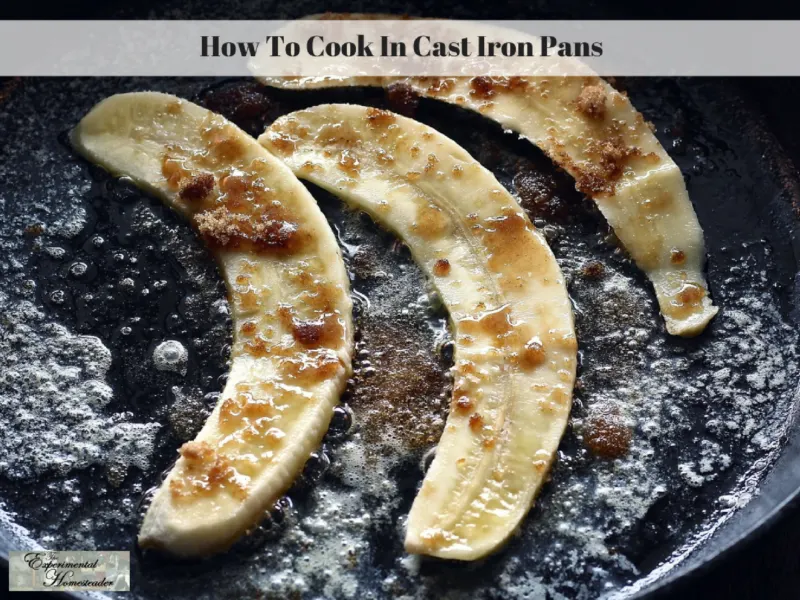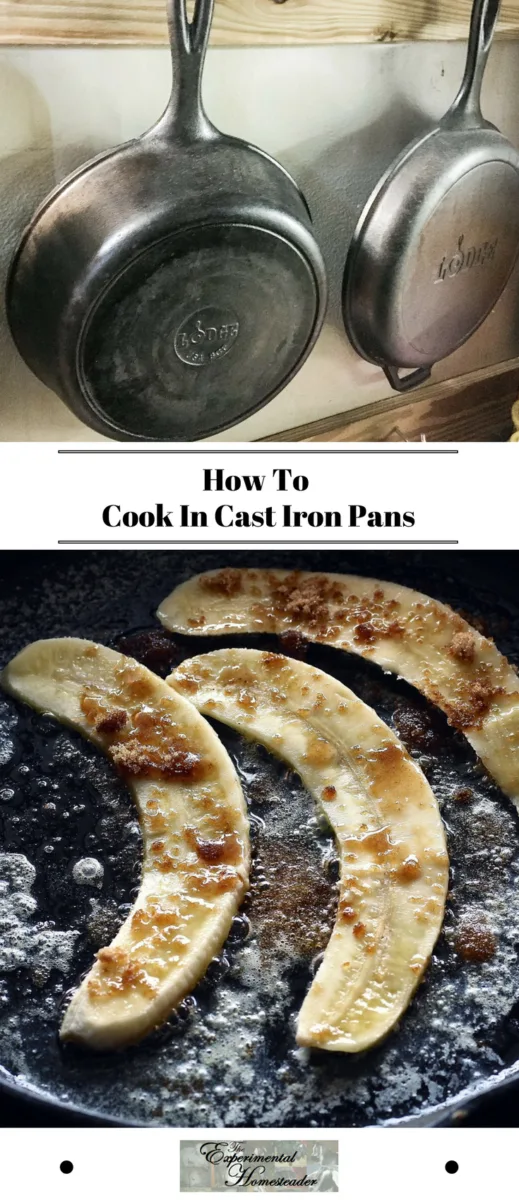Easy Cast Iron Skillet In The Oven Gluten-Free Beef Nacho RecipeLearning how to cook in cast iron cookware is not difficult, but you do need to keep a few basic rules in mind.
First of all, once a cast iron pan is warm, it retains heat better than regular pans, so it is best to start cooking on medium high, then turn the heat setting to medium or low once the food begins to cook.
Cooking on too high of a heat setting will cause the food to brown too quickly, or maybe even burn.
Below are tips for cooking in cast iron cookware.
There are also links to products I recommend from companies I have a referral relationship with. I will be compensated if you make a purchase after clicking on my links.
Safety First
Always use hot pads. Special hot pads are made specifically for cast iron pans because they get so hot and will quickly burn through towels or hot pads that are not designed to deal with high heat.
Now that you know some basic information about cooking about cooking with cast iron pans, you are ready to get started. Be sure the cast iron pans you use are well-seasoned and for those who do not own any cast iron pans currently, I suggest buying Lodge cast iron pans.
I use them - as well as some really old cast iron pots and pans that were handed down to me or bought at sales.
Honestly, I like my Lodge products best because I was the first to season them and they have not needed re-seasoned as frequently as some of my older pans have.
Warm Cast Iron Cookware Slowly
One really important rule is never to set a cast iron pan that is cold, or even room temperature on a hot burner or in a hot oven.
Also, do not add cold liquids to a hot pan.
Cast iron will crack if the temperature change inside the pan is too sudden.
If additional liquid must be added during cooking, warm it up before adding it.
Washing Cast Iron
Cast iron cookware is not dishwasher safe.
You need to wash cast iron by hand, make sure you dry it completely by putting it on your stovetop or in a preheated oven so the water can cook out of the pan and then season it with oil.
I have never had to scrub any of my cast iron cookware.
When food does stick, I simply rinse the pan under water using a special stainless steel cast iron cleaner or scrub brush made for cast iron pans to remove any stuck on food.
As long as you take the time to take good care of your cast iron cookware, it will last for generations.
Seasoning Cast Iron
Some other benefits of cooking with cast iron include their natural, non-stick ability.
While pans coated with Teflon are also non-stick, they are not very healthy to cook food in, especially at high temperatures not to mention they might release PFCs, which are human carcinogens.
Now I never cook with my cast iron pans on high heat, but depending on what you are making, you might.
Cast iron pans must be kept properly seasoned to remain non-stick.
Seasoning cast iron pans is simple to do and does not require the harmful chemicals that other non-stick pans use.
Simply season them with cooking oil. I prefer to use something natural like peanut oil.
Their non-stick ability means they are also easy to clean.
Many cast iron pieces state they are pre-seasoned, which means you can get started using it the minute you bring it home, however I highly recommend not doing this.
I always pre-season my cast iron cookware before I use it.
It is easy to do by simply rubbing oil on the pan and heating it up so the oil absorbs into the cast iron.
Companies such as Lodge offer instructions on how to care for and how to season your cast iron cookware in the packaging material that comes with their new pans.
The reason pre-seasoning a pan is so important is this creates the non-stick surface and helps keep the pan from rusting.
The gloss that you see on the pan is from the pre-seasoning conditioning.
Now with that said, it is a good idea to add a little oil after every use to keep the pans from rusting.
I do occasionally seed rust starting to form on some of my less used pans because of the humidity in the air of my home.
When I see this, I grab the pan, oil it up and either set it on the stove burner long enough for the oil to absorb into the pan or I put it into my preheated 350 degree oven and let the oil dry. Using the oven to season cast iron pans often causes smoke.
The way to know if cast iron cookware needs seasoned again is to look at the surface.
If it looks dull, go ahead and give it another coat of seasoning.
If you notice that food starts sticking to the surface of your cookware, give it more seasoning.
A light rubbing of oil over the surface is all that is necessary.
You do not want the oil to pool in the pan and it should not feel oily after being heated.
In the event that you use too much oil, take a paper towel and wipe the excess out, then re-heat the cookware so the remaining oil absorbs into the pan.
I highly recommend the following articles:
- My Easy One Pot Cast Iron Pot Roast Recipe
- Cast Iron Steak Recipe
- Benefits Of Using Cast Iron For Cooking
- Easy Cast Iron Skillet In The Oven Gluten-Free Beef Nacho Recipe
- Best Cast Iron Skillet Recipes
Use the buttons on the right hand side of the page to share this article with friends or family who might find it useful. Pin the picture below to your pinboard on Pinterest for future reference.






